Burnout is very real, and sadly, it’s almost impossible to reverse once it begins to happen. Some new data from the digital marketing agency dNovo Group shows just how hard people are burning out across the country.
Each city was given a Burnout Index score based on many different factors; according to dNovo, “The index combines self-reported burnout levels, workplace environment factors such as average working hours and paid time off utilization, and work-life balance indicators including commute times and access to quality healthcare services.”
Curious about where your city falls? Take a look.
10th Most Burned-Out City: Atlanta
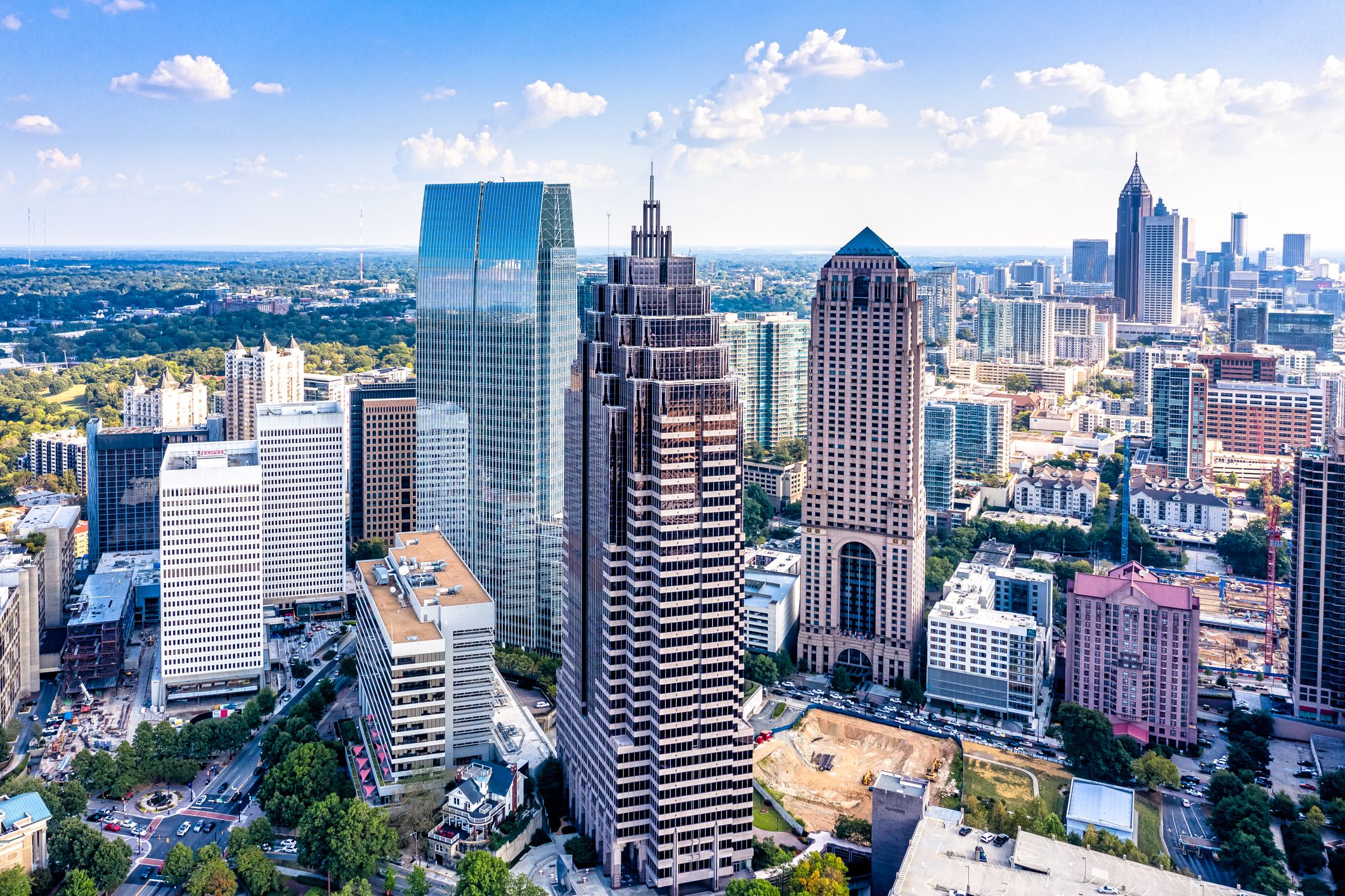
Burnout Score: 69
9th Most: New York City
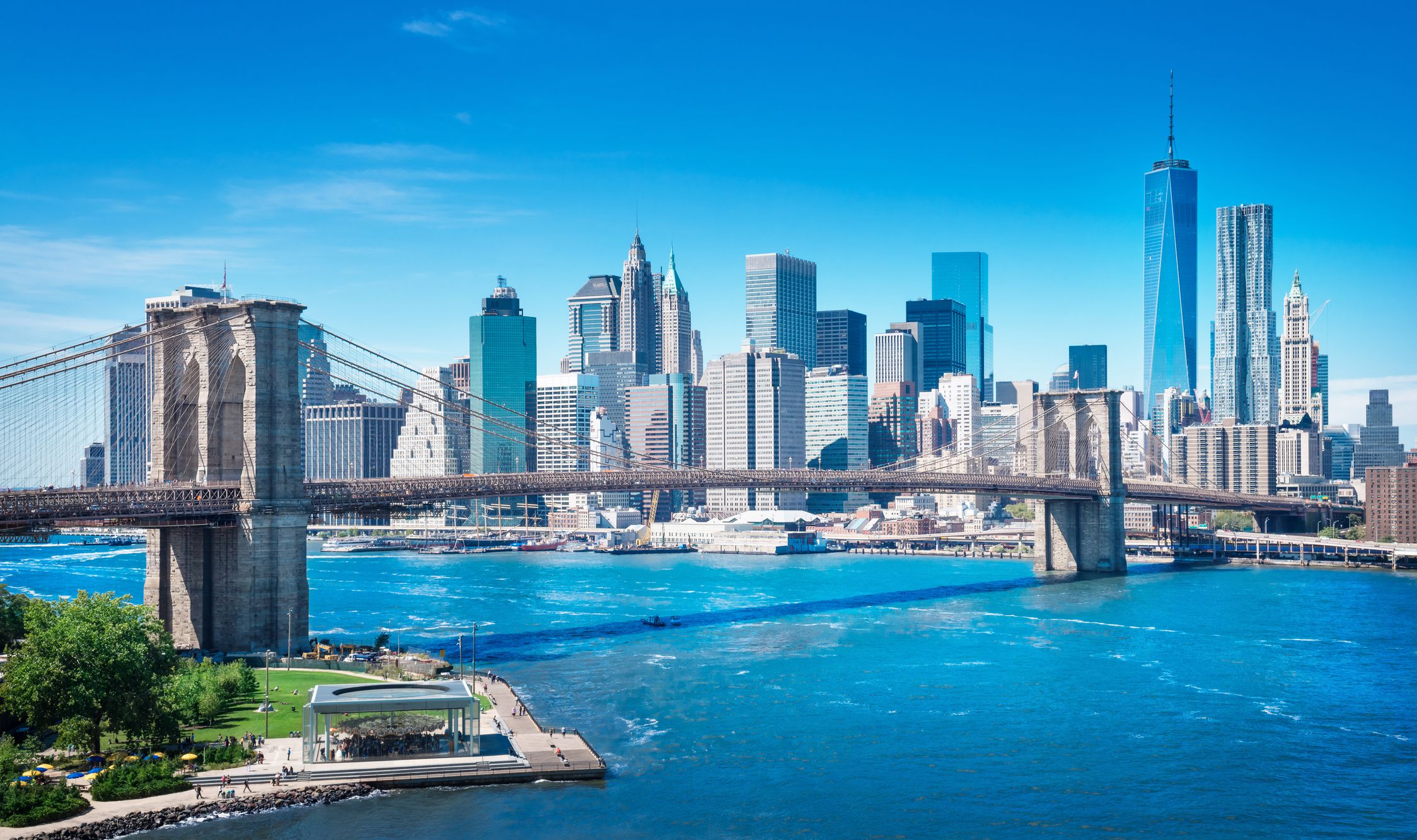
Burnout Score: 72
8th Most: Raleigh, North Carolina
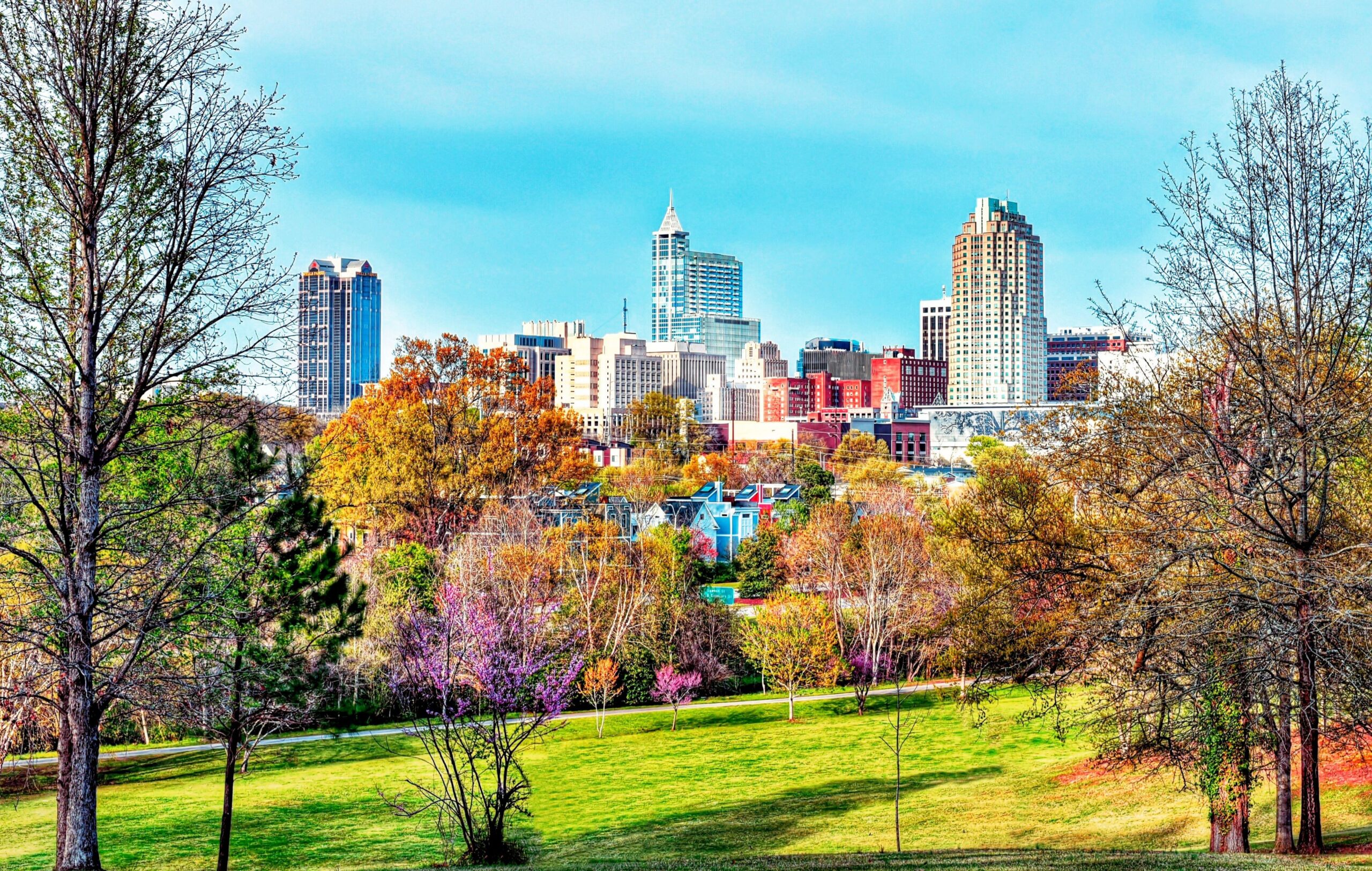
Burnout Score: 73
7th Most: Las Vegas
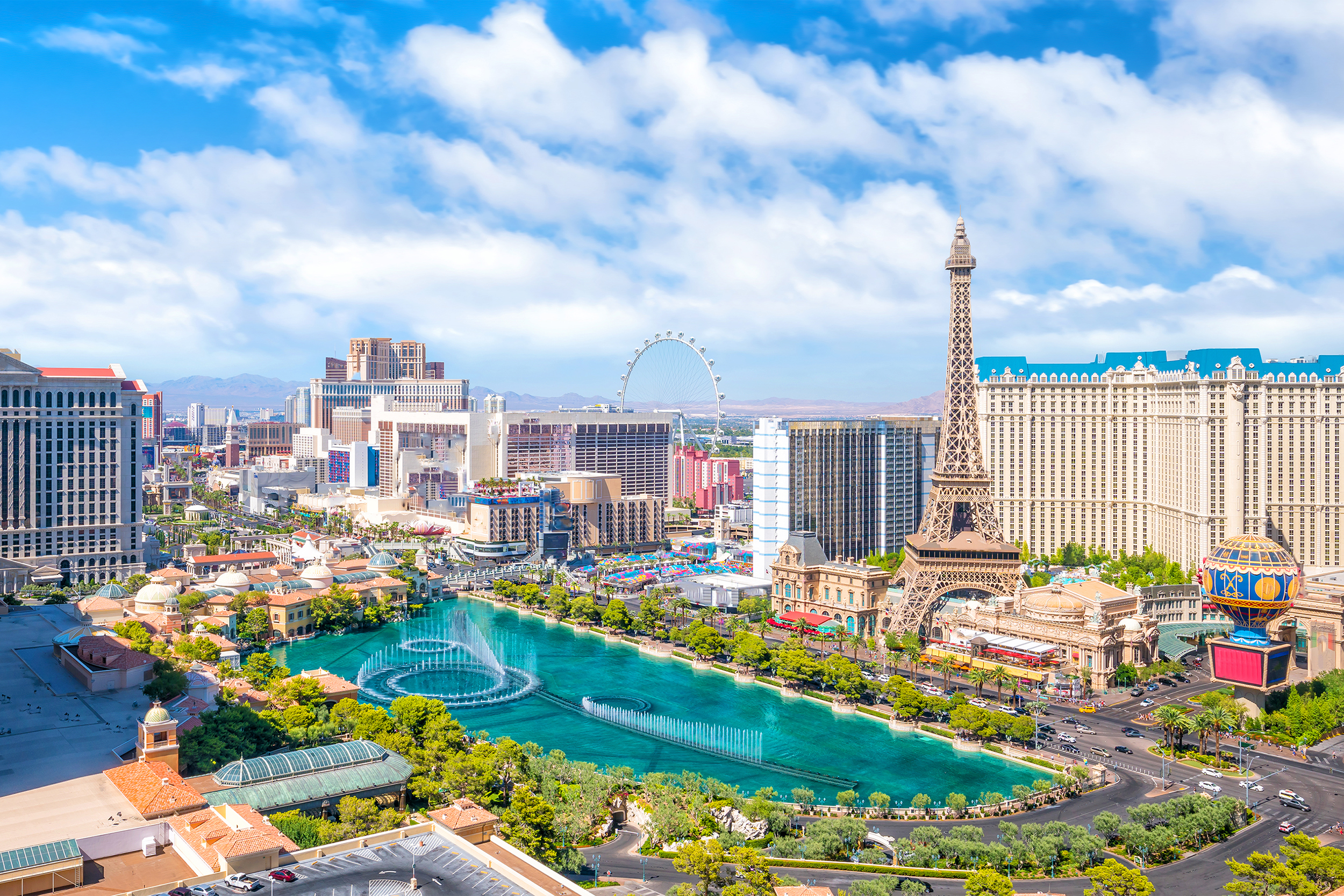
Burnout Score: 73
6th Most: Boston
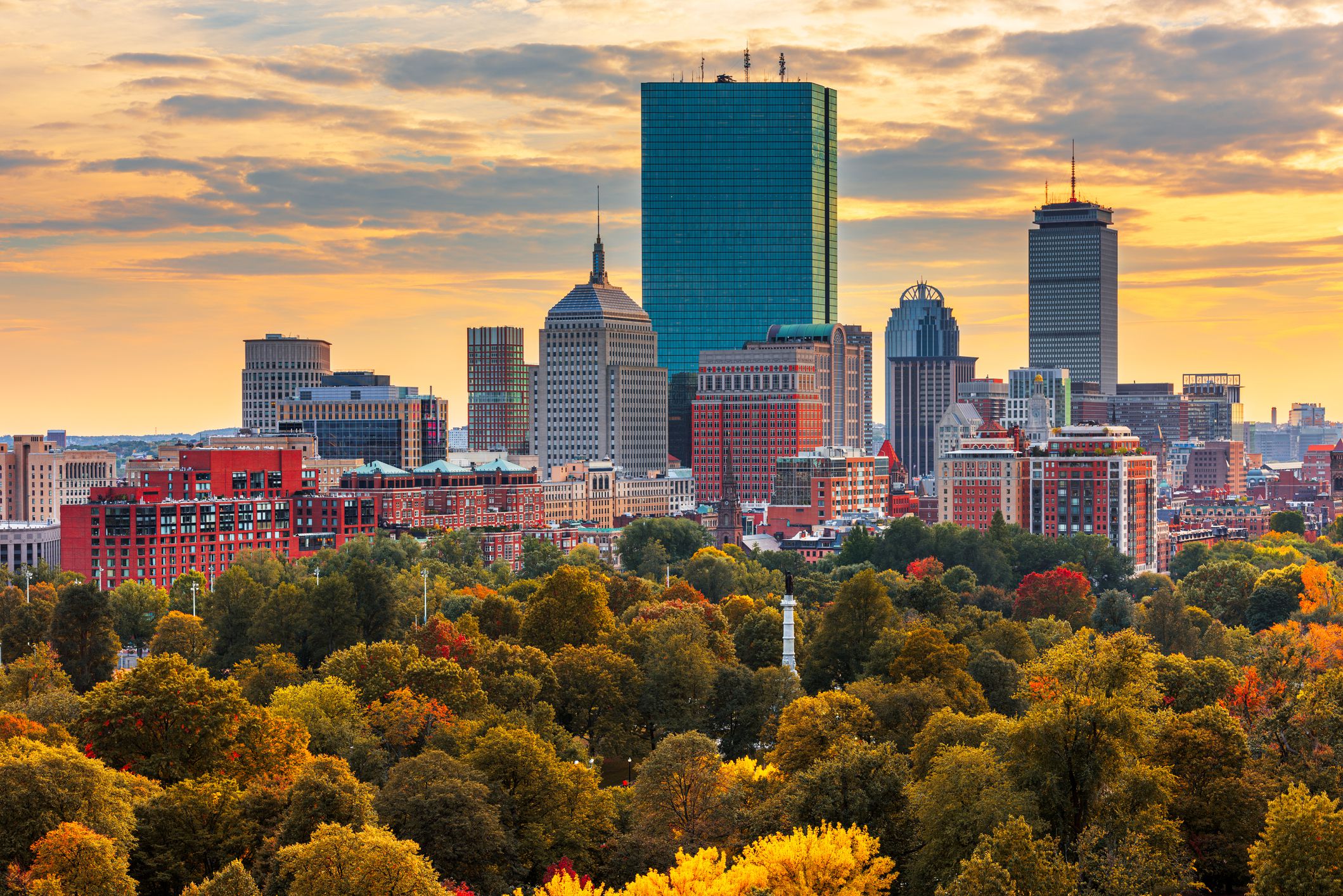
Burnout Score: 75
Trending on Cheapism
5th Most: Charlotte, North Carolina
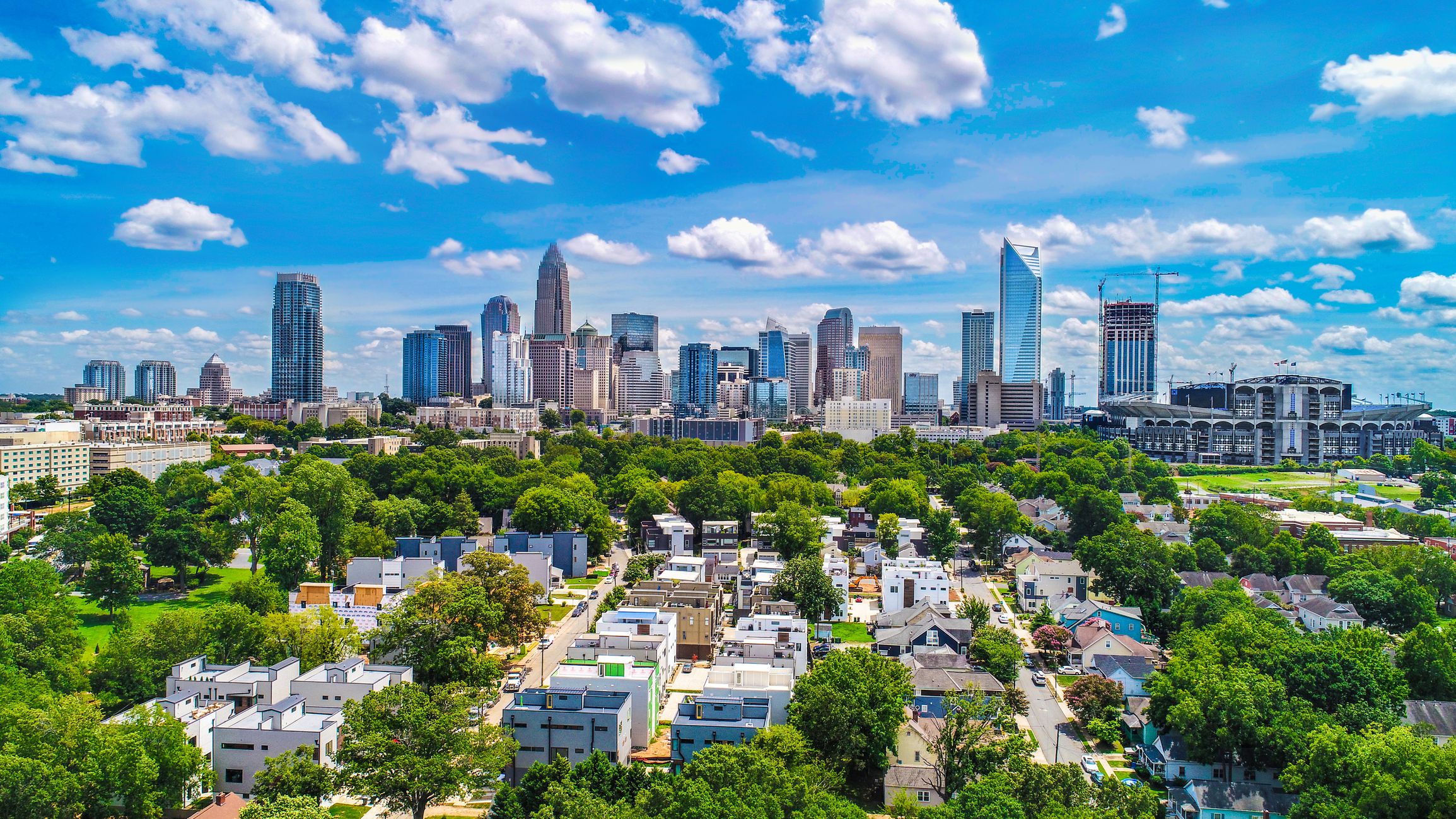
Burnout Score: 77
4th Most: Los Angeles

Burnout Score: 77
3rd Most: Washington, D.C.
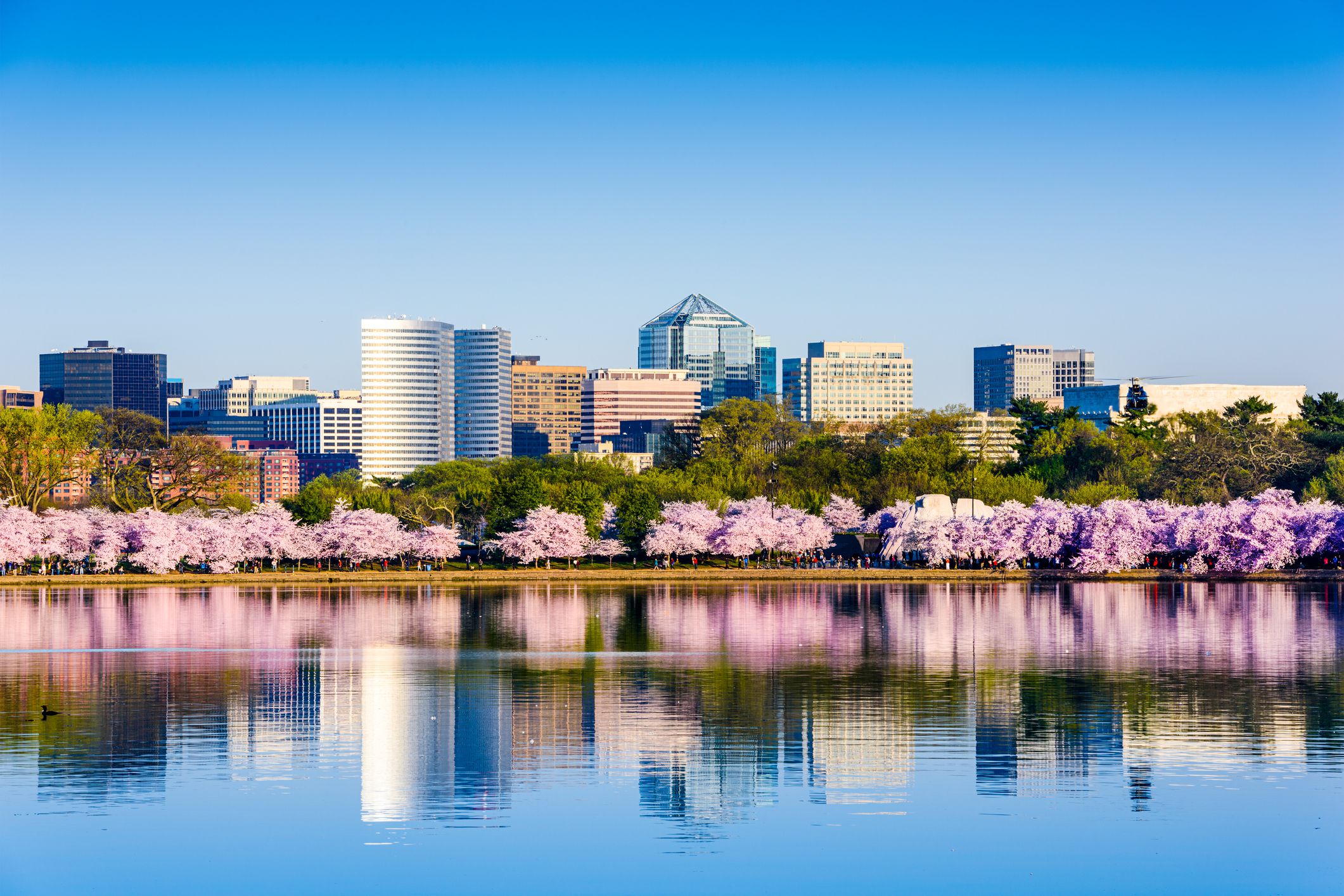
Burnout Score: 79
Sign up for our newsletter
2nd Most: Sacramento, California
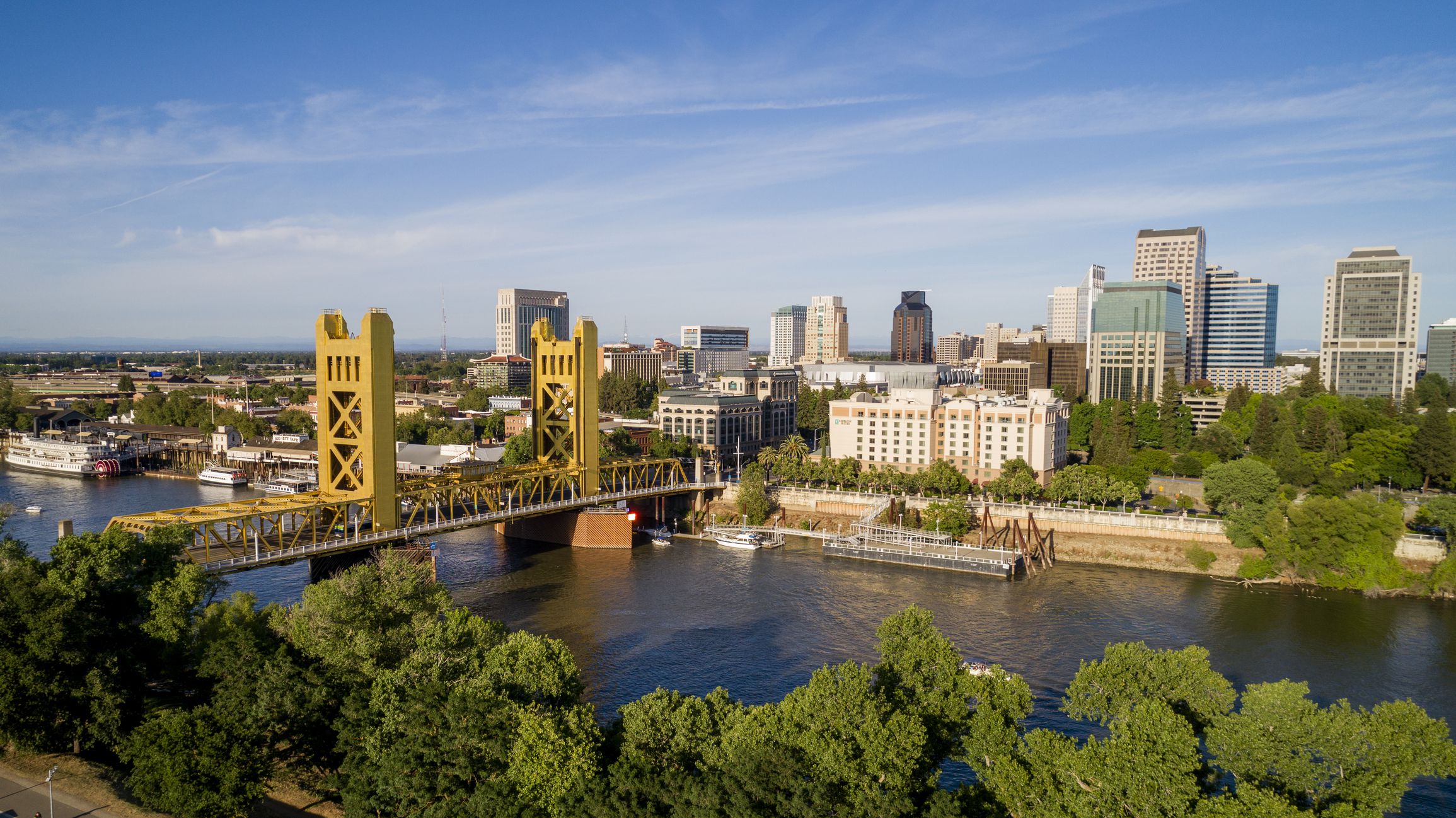
Burnout Score: 80
Most Burned-Out City: Phoenix
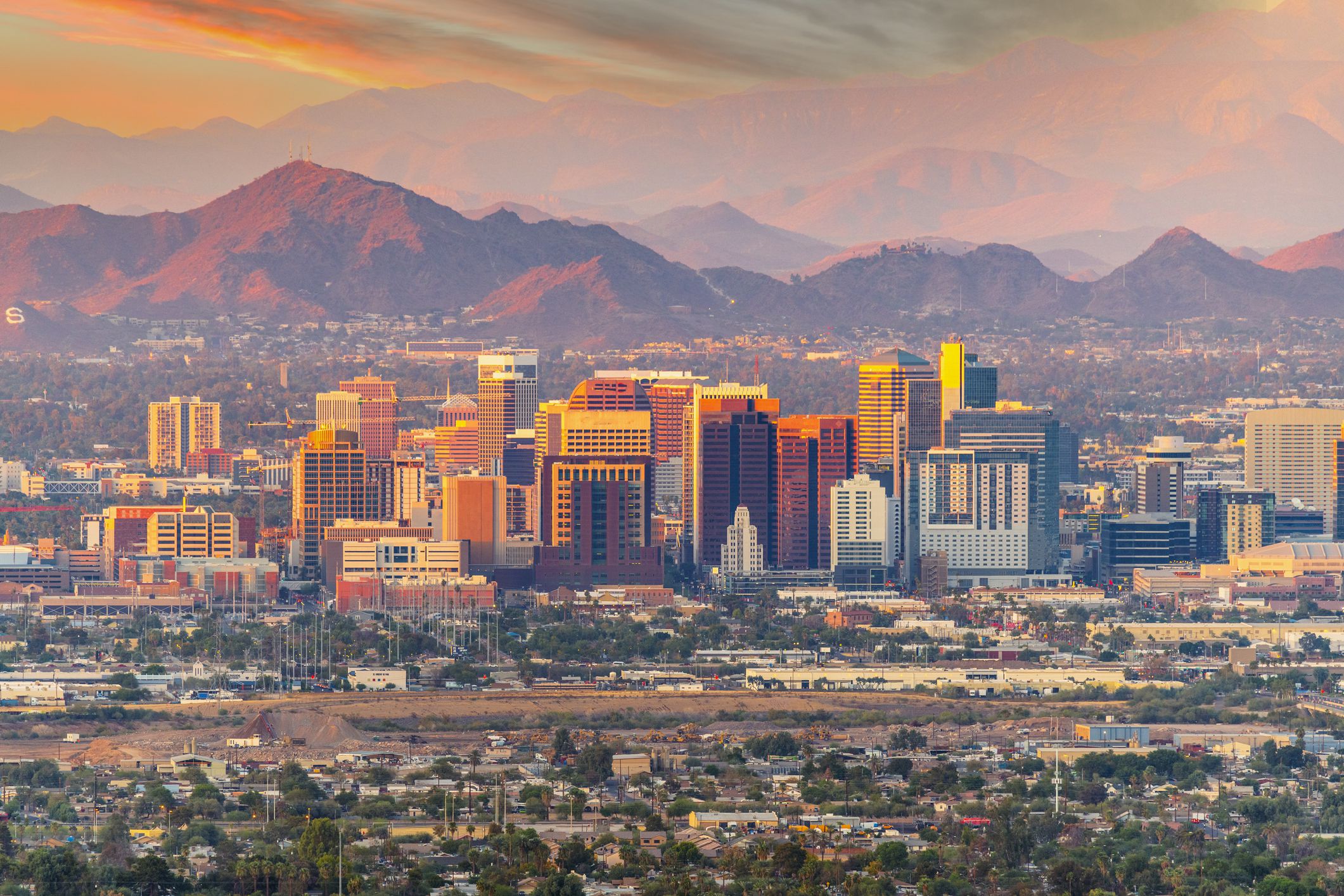
Burnout Score: 82
10th Least Burned-Out City: Buffalo, New York
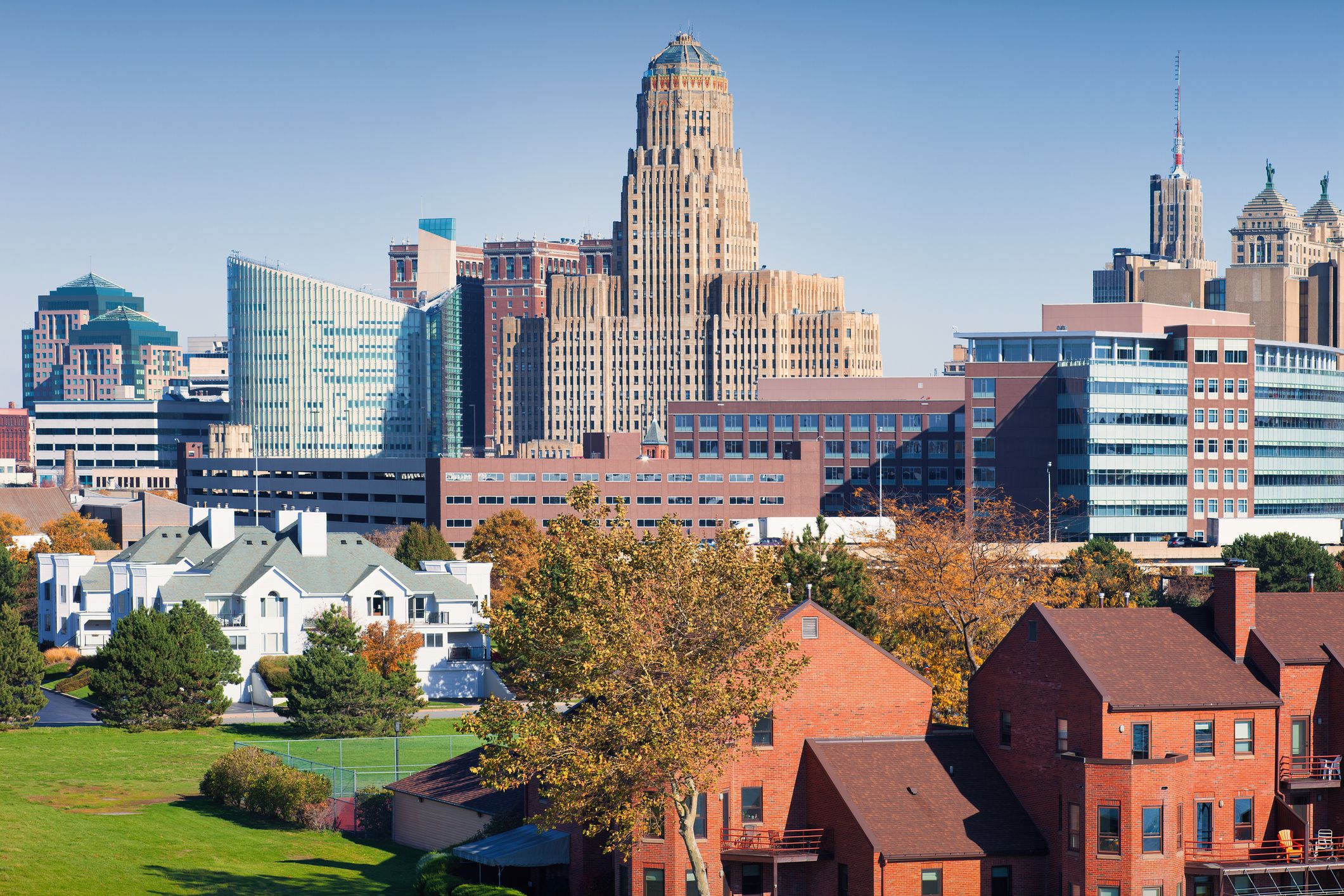
Burnout Score: 51
9th Least: Madison, Wisconsin
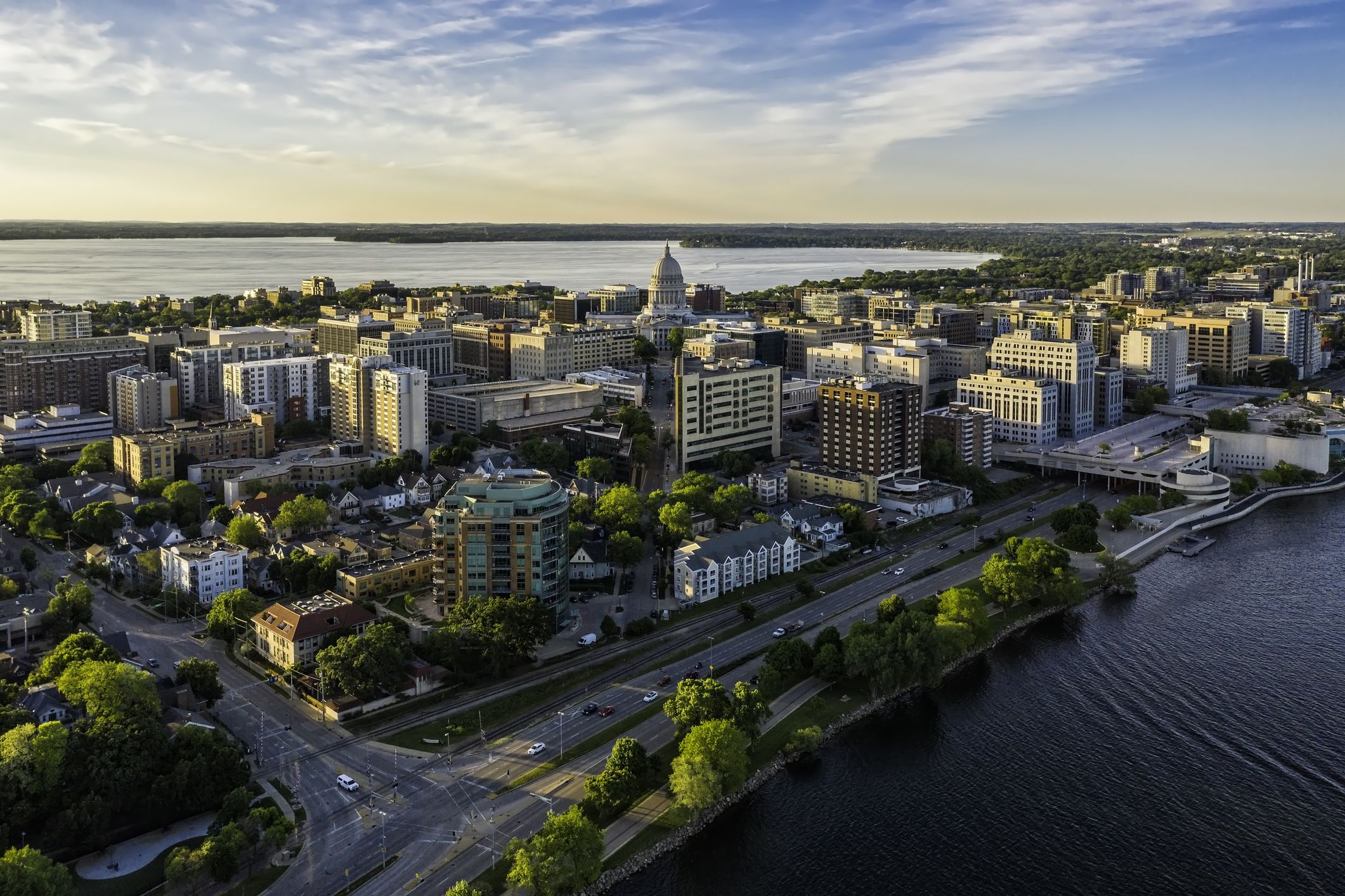
Burnout Score: 51
8th Least: Austin, Texas

Burnout Score: 53
7th Least: Virginia Beach
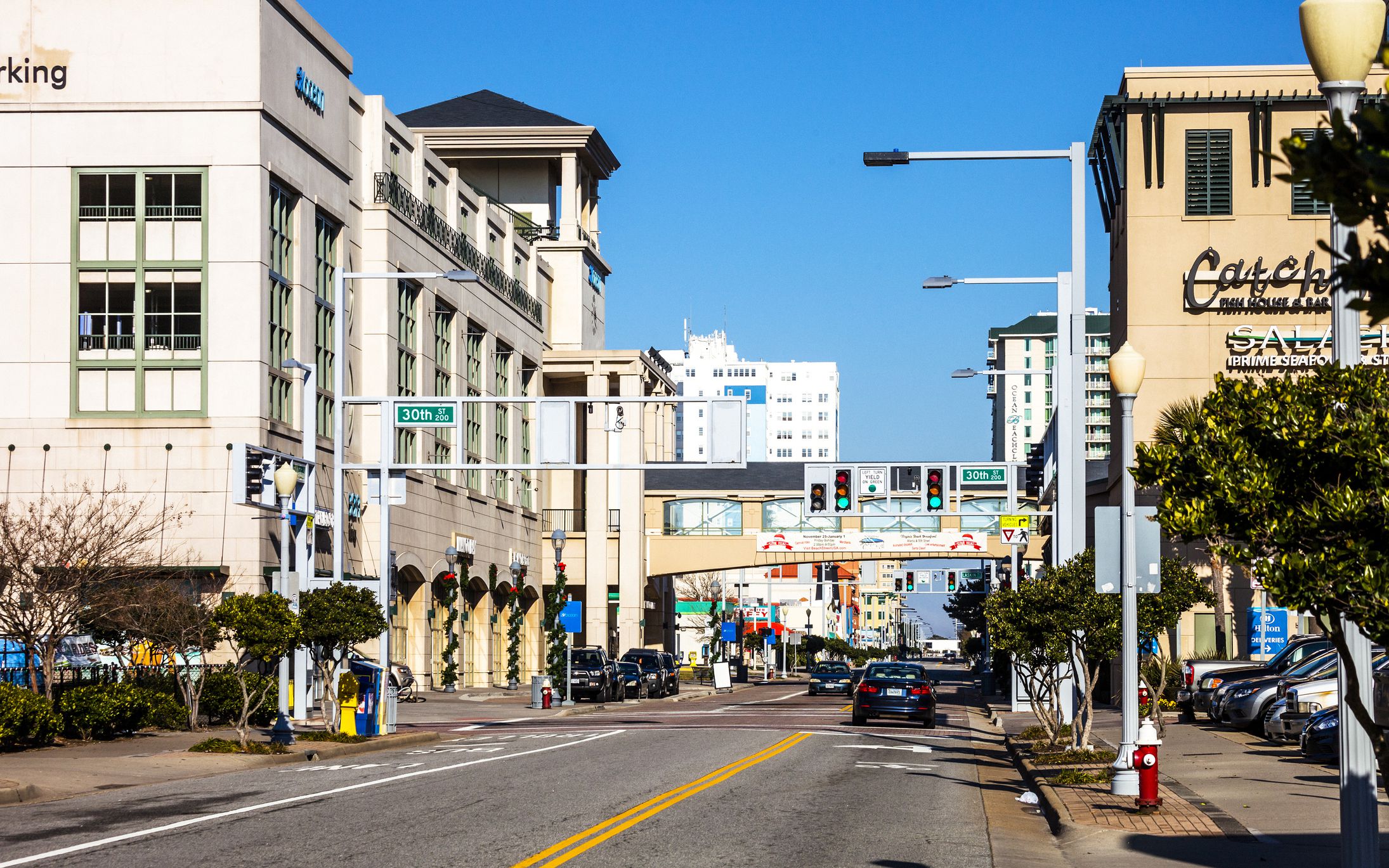
Burnout Score: 53
6th Least: Cincinnati
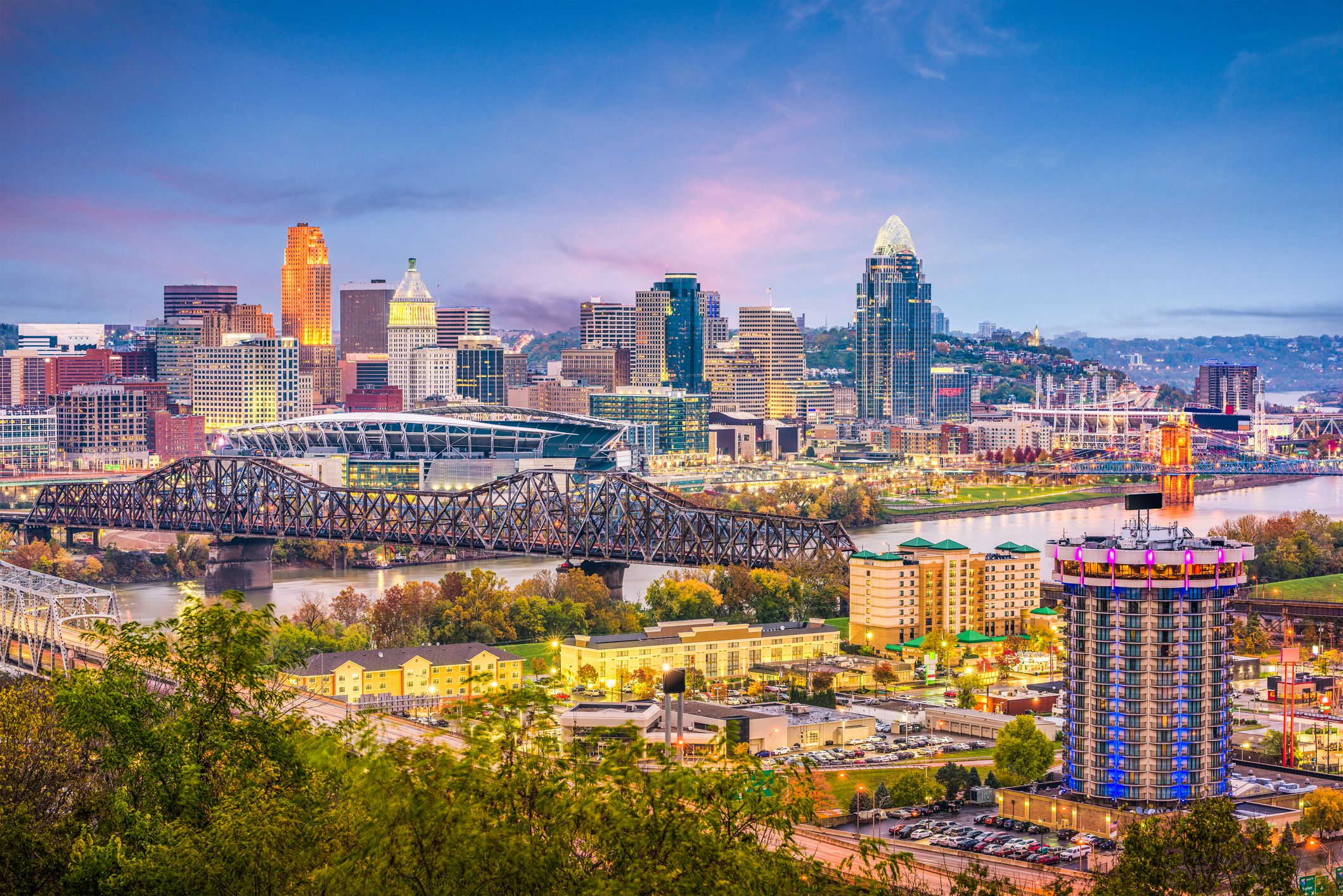
Burnout Score: 54
5th Least: Pittsburgh
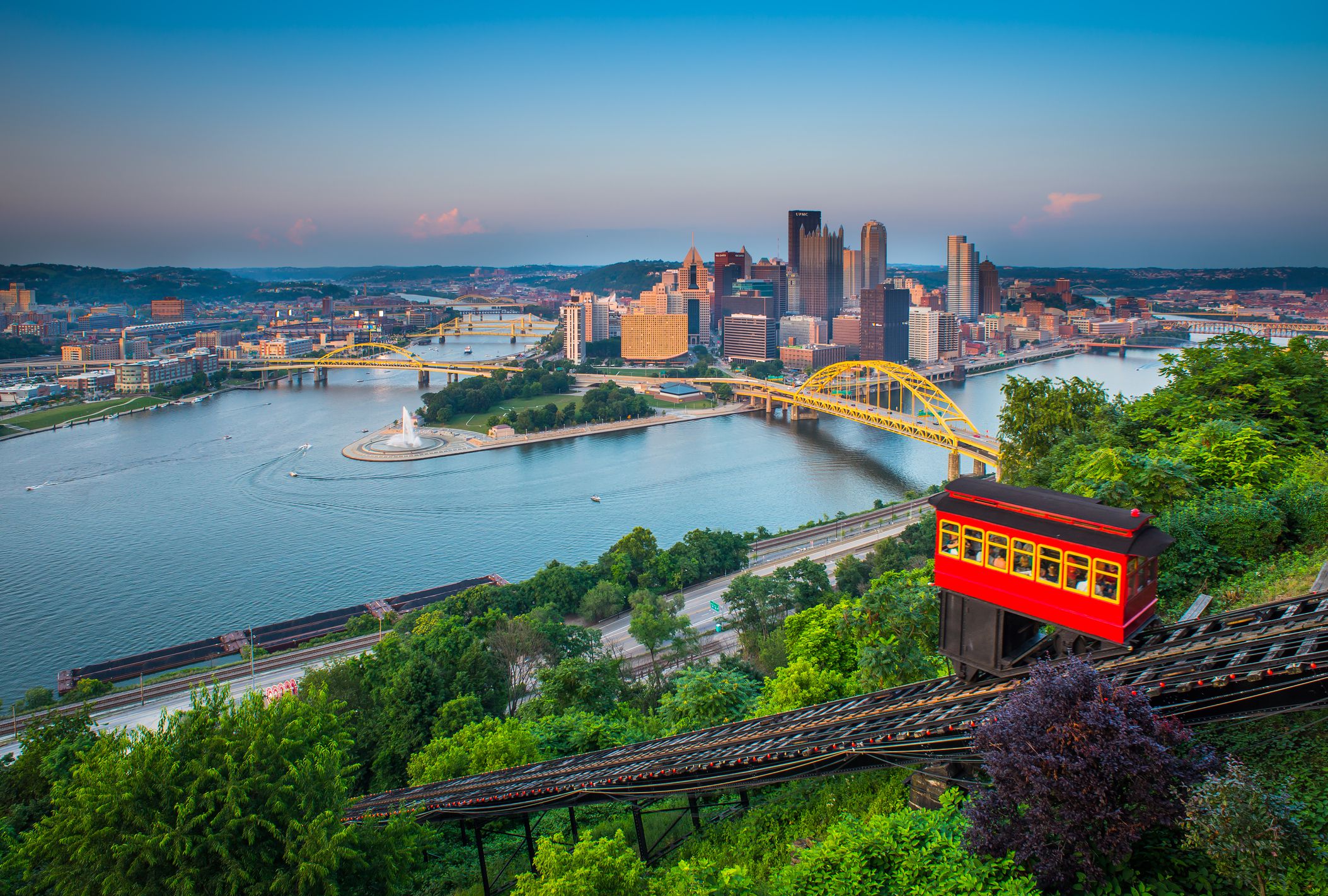
Burnout Score: 54
4th Least: Riverside, California
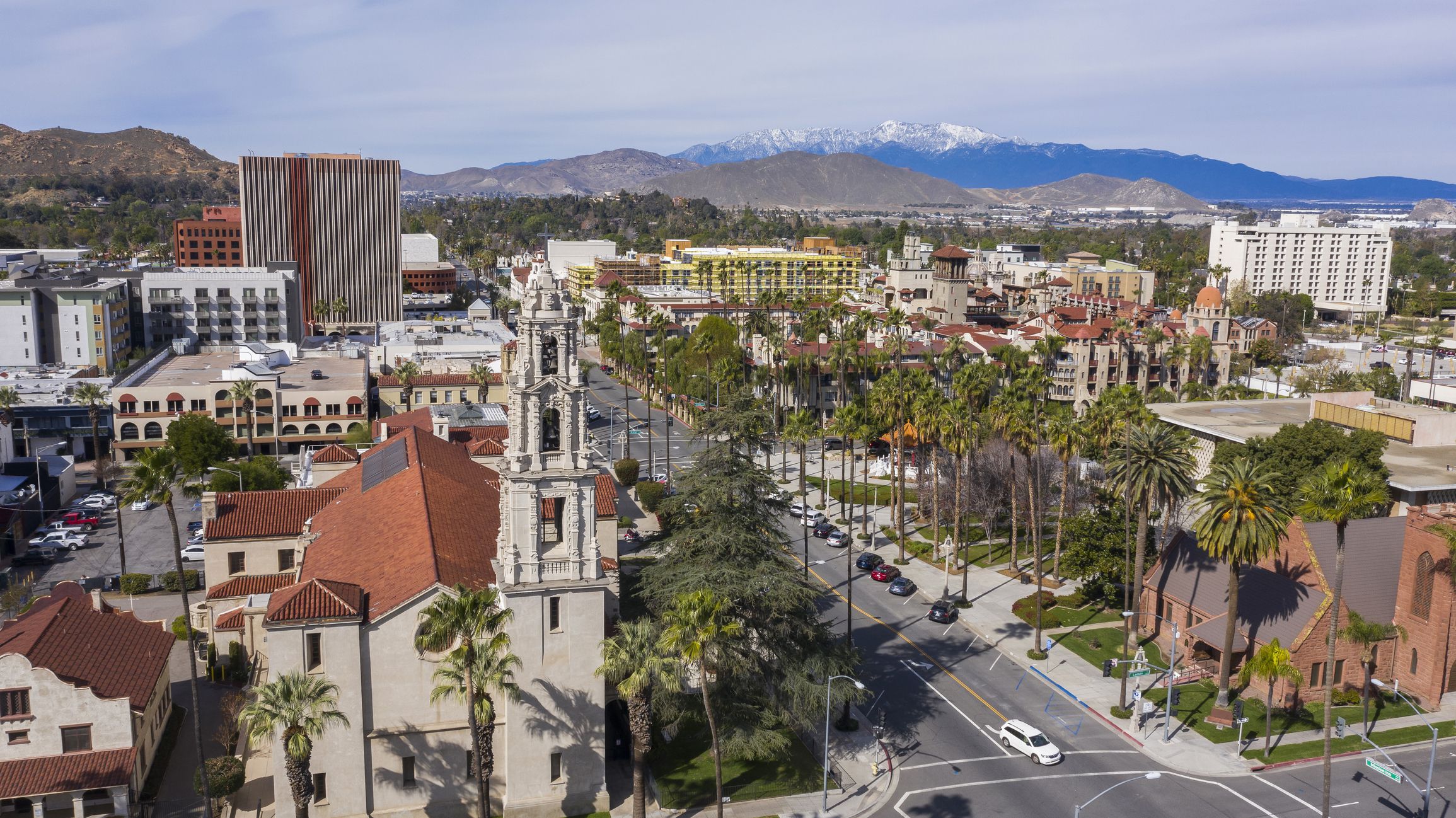
Burnout Score: 55
3rd Least: Nashville, Tennessee
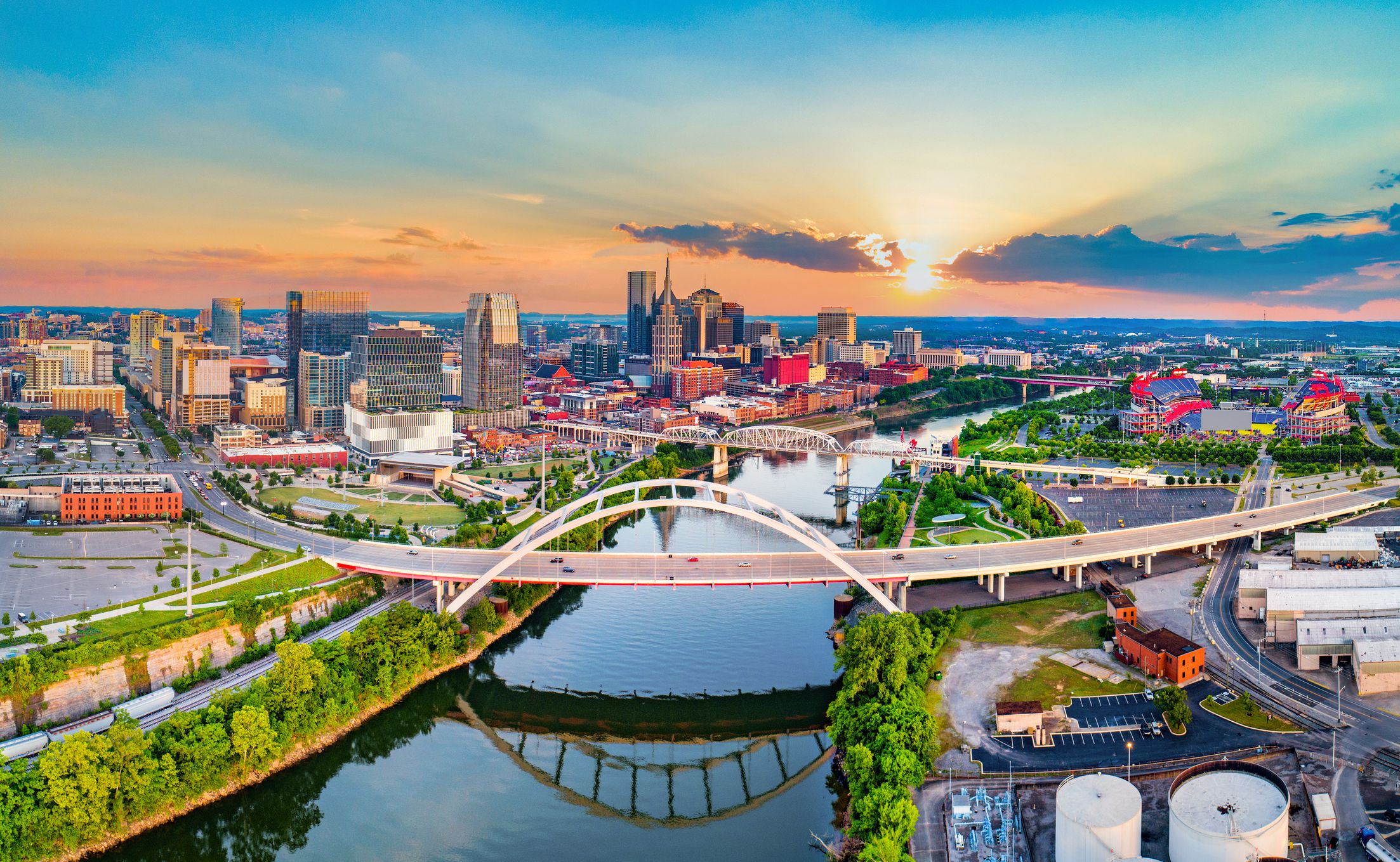
Burnout Score: 58
2nd Least: Tampa, Florida
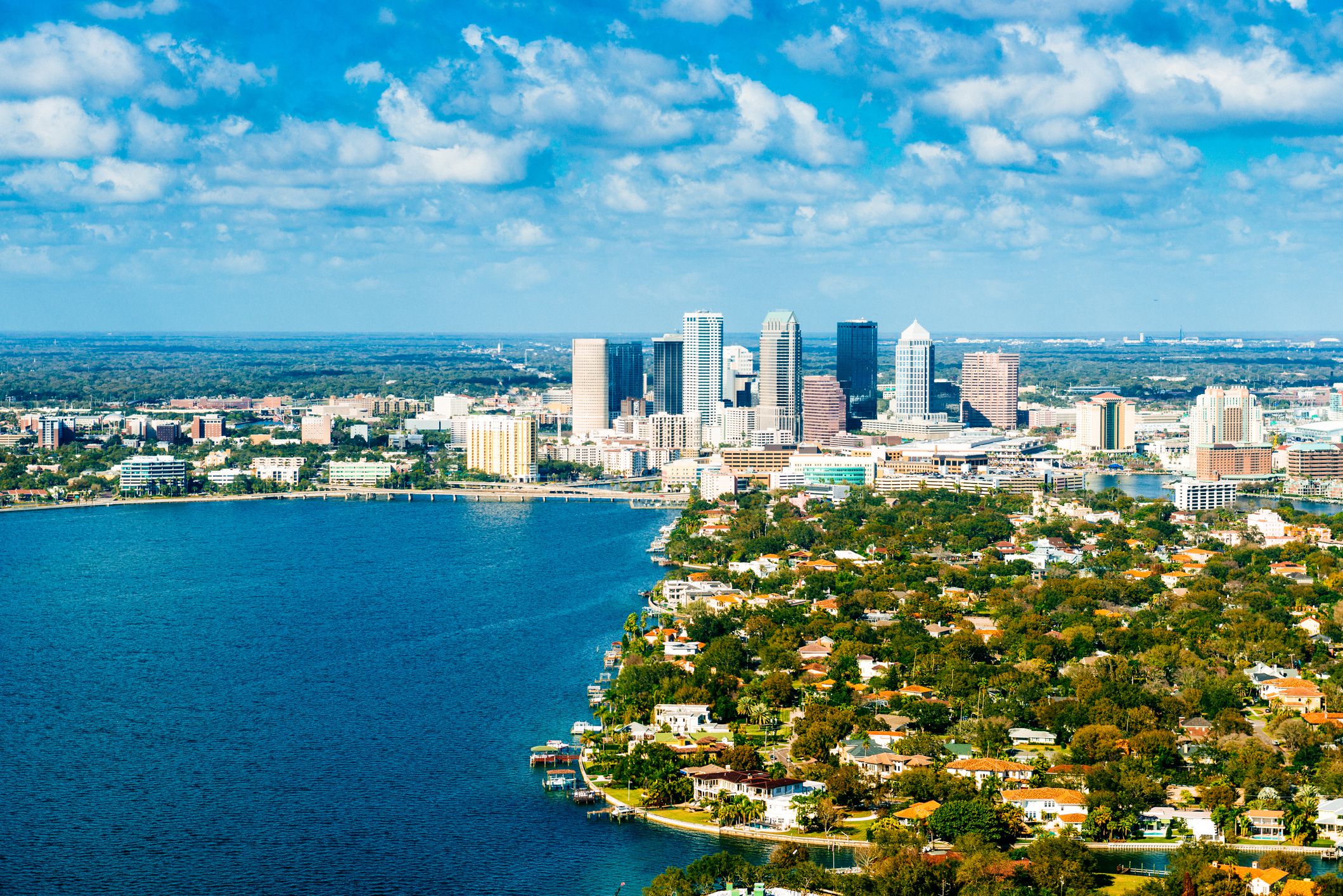
Burnout Score: 58
Least Burned-Out City: Denver
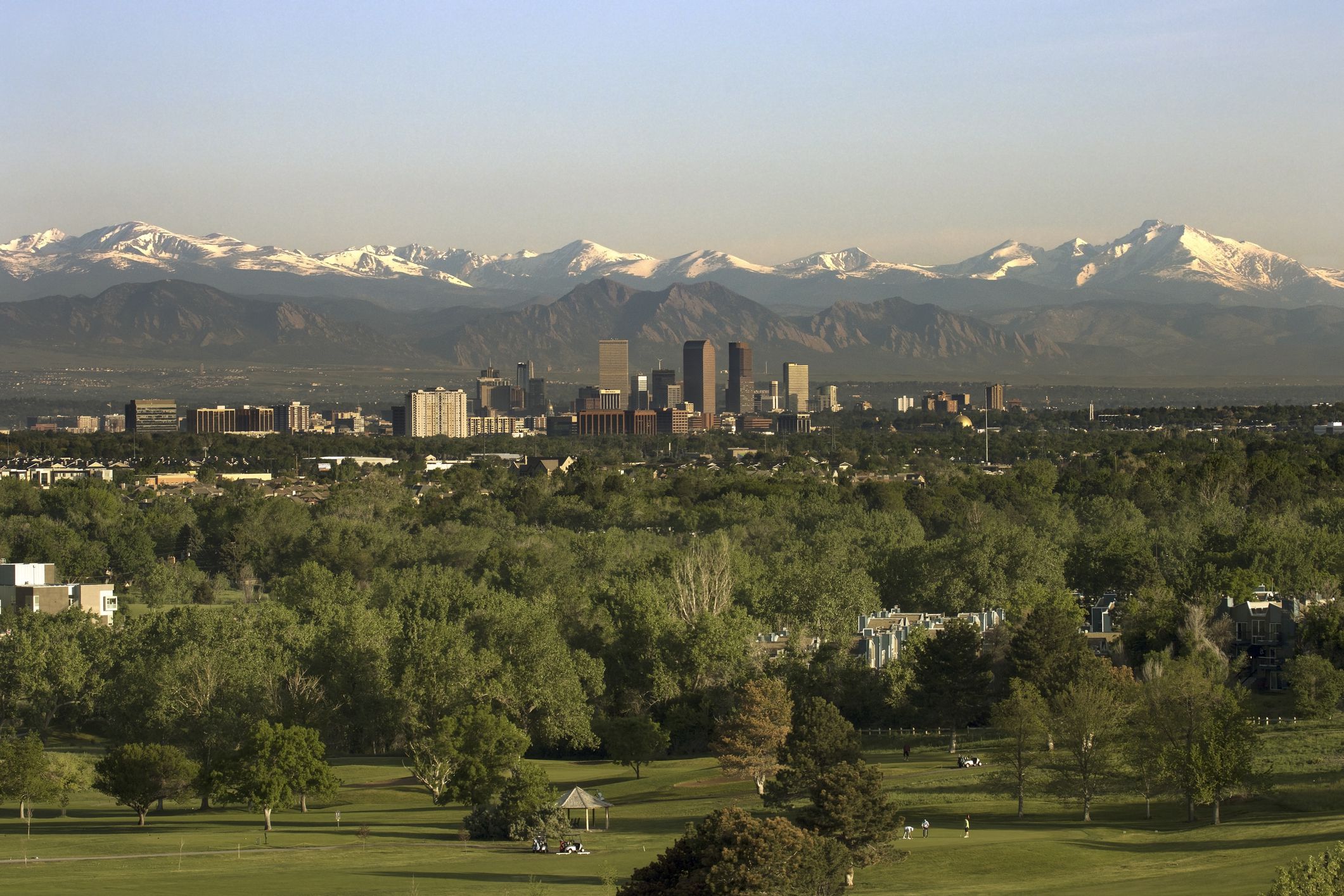
Burnout Score: 59
Is the Remote Workforce Rising?

dNovo’s study also took a look at workers’ willingness to return to the office after working remotely. Most people surveyed said they would need some sort of raise to start commuting again. Here’s how it breaks down:
- Percentage of workers requiring more than a 100% raise: 32%
- Percentage of workers requiring 51-100%: 16%
- Percentage of workers requiring 31-50%: 12%
- Percentage of workers requiring 16-30%: 5%
- Percentage of workers requiring 1-15%: 3%
- Percentage of workers that wouldn’t require a raise: 2%
- Percentage of workers that said no raise would be enough to return: 30%
Is Working Remote Worth a Pay Cut?

Data about pay cuts workers would be willing to take to stay 100% remote was also collected. Here’s what workers that were surveyed had to say:
- Percentage of workers that would take a 1-15% pay cut to stay remote : 41%
- Percentage of workers that would take a 16-30% pay cut: 18%
- Percentage of workers that would take a 31-50% pay cut: 12%
- Percentage of workers that would take a 50-75% pay cut: 3%
- Percentage of workers not willing to take a pay cut: 26%
Back to the Office, Or Back to the Drawing Board?

A survey of almost 3,000 workers for one section of this survey revealed what people would do if asked to return to the office full time. Despite the demand for raises, listed above, 66% said yes, 17% said no, and another 17% said they weren’t sure.






